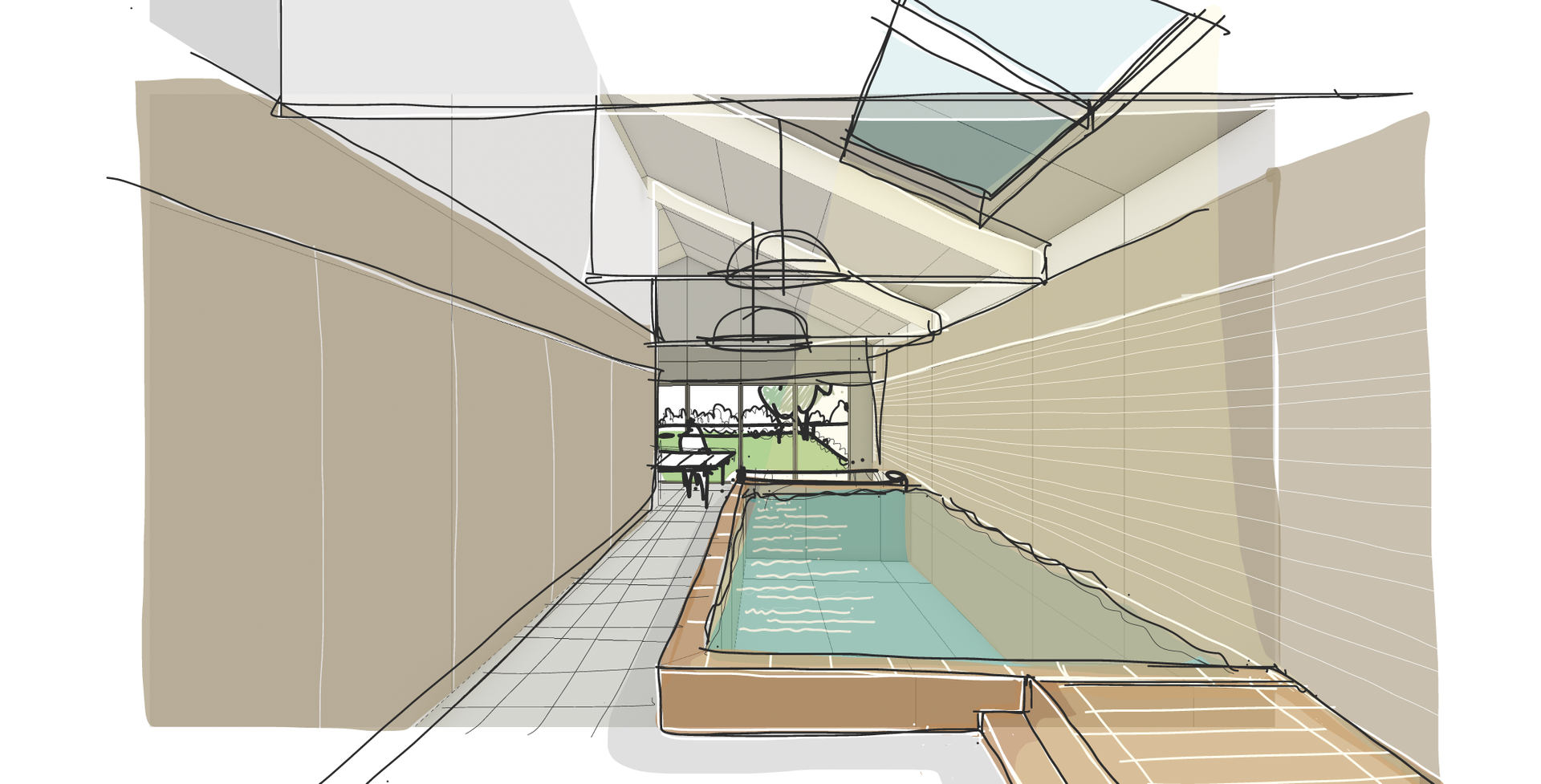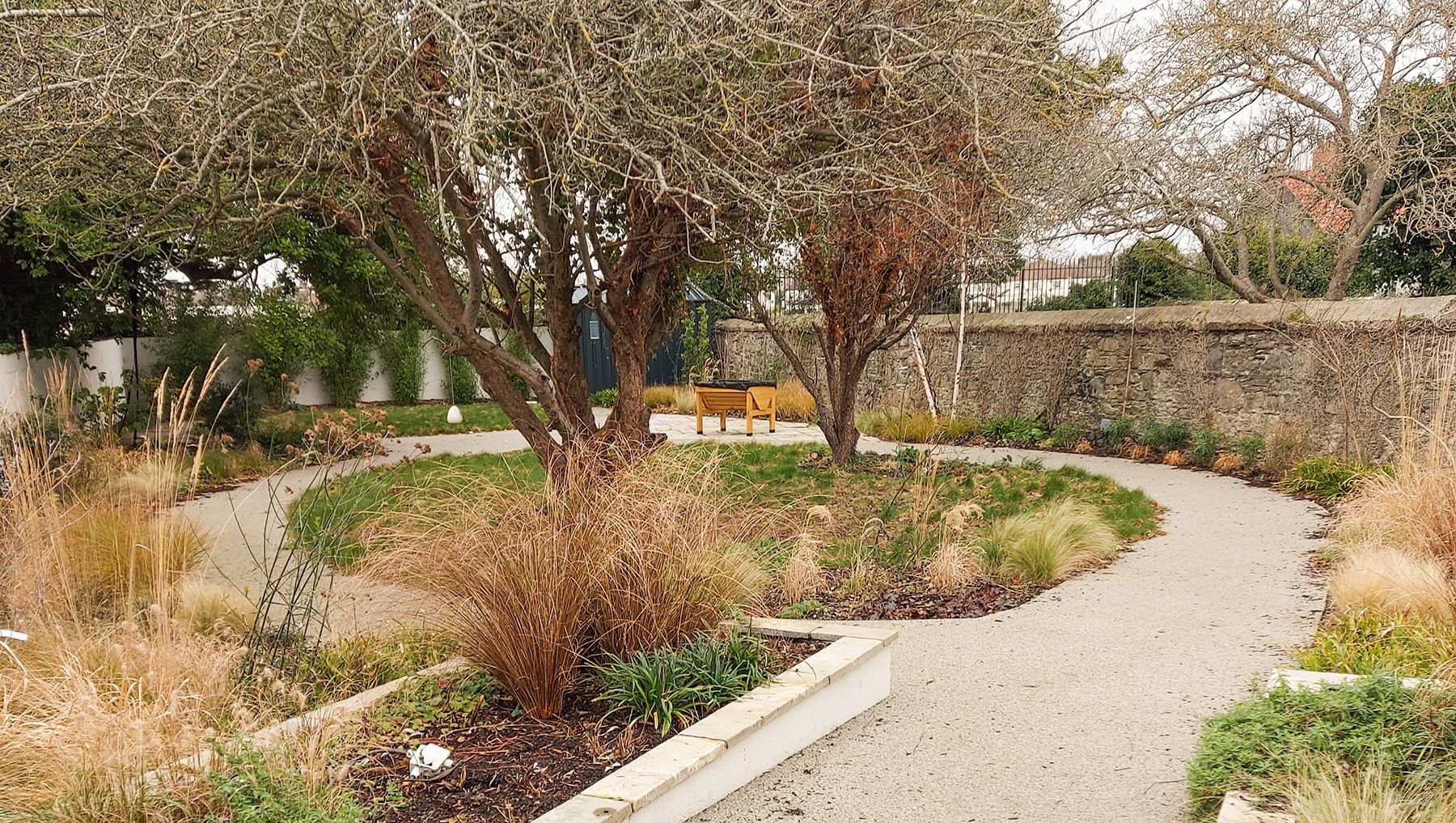Accessible for everyone
Accessibility is not about disability, homes should be accessible for all

House design for everyone is a topic that is becoming increasingly important as our population ages and the number of people with disabilities grows. Accessibility is a concern for everyone, not just those who are currently living with a disability. It is essential that we design homes that are inclusive, functional, and safe for everyone, regardless of their abilities.
Accessibility is not just about creating homes that are wheelchair accessible. It is about designing spaces that are easy to navigate, use, and maintain for people of all ages and abilities. This includes features such as wide doorways, no-step entrances, and easy-to-use controls. It also includes things like good lighting, easy-to-reach storage, and slip-resistant flooring.
One of the most important aspects of accessibility is making sure that homes are easy to move around in. This means having clear pathways, wide doorways, and no-step entrances. It also means designing spaces that are easy to reach, such as storage areas and light switches. Good lighting is also essential for navigation, as it helps to make spaces feel larger and more welcoming.
Another important aspect of accessibility is making sure that homes are easy to use. This means having easy-to-use controls, such as light switches and thermostats, that are within reach. It also means designing spaces that are easy to maintain, such as slip-resistant flooring and low-maintenance finishes.
One of the most important things to remember when designing homes for accessibility is that everyone's needs are different. Some people may need wide doorways and no-step entrances, while others may need easy-to-use controls and good lighting. It is essential that we design homes that are inclusive, functional, and safe for everyone, regardless of their abilities.
In conclusion, accessibility should be everyone's concern. We need to design homes that are inclusive, functional, and safe for everyone, regardless of their abilities. By designing homes that are easy to navigate, use, and maintain, we can create spaces that are welcoming, comfortable, and safe for everyone. So, let's all make a conscious effort to create accessible houses for everyone.
Dublin Design Studio have carried out a number of accessibility upgrade projects and we would be delighted to work with you to adapt your home to meet your own particular needs

Articles










